- Jawline Treatment with Hyaluronic Acid
- Chin Augmentation for Harmonious Facial Features
- Lip Augmentation
- The Russian Lips (Doll-Lips) Technique with Hyaluronic Acid
- Effective Non-Surgical Rhinoplasty: Hyaluronic Acid Application
- Hyaluronic Acid Injection for Nasolabial Folds
- Remove Dark Circles, Tear Troughs & Eye Bags
- Cheek Augmentation – Cheekbone Injections
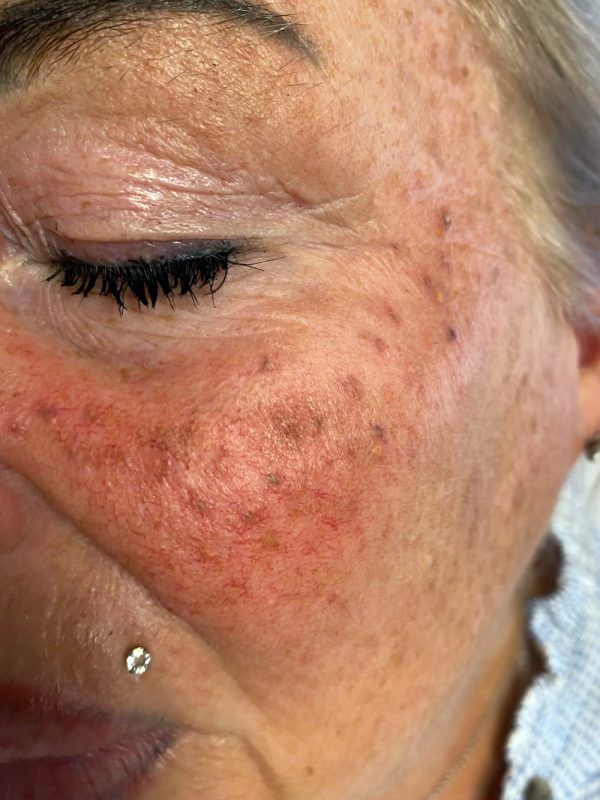
Remove Permanent Makeup: Effective Methods for PMU and Microblading Removal
Great Results after 2-3 Sessions
The removal of permanent makeup (PMU) and microblading is an increasingly relevant topic in the beauty industry. Many people choose to correct their pigmentations or remove unwanted results.
Aesthetiqua
Permanent Makeup Correction & Removal with Laser
Pain Scale
Permanent makeup (PMU) is often applied to the face for eyebrows, eyeliners, and lip contours. Color pigments are precisely introduced into the uppermost skin layer to emphasize natural facial features.
Eyebrows can be densified or reshaped with microblading or shading. Eyeliners give the eyes more expression, while lip contours and lip colors provide more definition and fullness.
PMU correction and removal using laser is based on modern laser technology that specifically targets color pigments in the skin. During laser treatment, the laser beam is directed at the treated skin surface, breaking down the pigments embedded in the skin, which are then transported away by the body.
This method is particularly gentle and minimizes the risk of scarring. Before the treatment, a comprehensive consultation takes place, during which individual needs and the condition of the skin are analyzed.
After the session, post-treatment and appropriate aftercare measures are important to ensure the best result and minimize possible side effects such as redness or swelling.
Facts
Remove PMU
Duration
15 Minutes
SESSIONS
2 - 5 Sessions
Pain
1/10
Costs
€160.00 / Session
*Billed According to Goä
Laser Treatment
The Pico Laser Treatment
The Treatment Begins with a Detailed Consultation, in which the Client's Specific Needs are Discussed. The Specialist Analyzes the Skin and Existing Pigmentations to Determine the Best Treatment Approach.
You are currently viewing a placeholder content from YouTube. To access the actual content, click the button below. Please note that doing so will share data with third-party providers.
More InformationHow many Sessions are Necessary for Effective Removal?
The number of sessions required for effective removal of permanent makeup varies depending on the depth and type of pigmentation. In most cases, between two and five sessions are required to achieve the desired results through laser therapy. These sessions are conducted at regular intervals of several weeks to allow the skin sufficient time for regeneration. During each session, the laser intensity is adjusted to ensure optimal results with laser therapy.
Some factors that can influence the number of necessary sessions include the color pigments used, the skin condition, and the individual’s reaction to the laser treatment. It is important to stay in close contact with the specialist throughout the process to monitor progress and make adjustments if necessary. Regular aftercare and good skin care are crucial for the success of the treatment and minimizing side effects.
Advantages of Laser Removal
Firstly, the method is very effective and allows for the targeted destruction of color pigments without significant damage to the surrounding skin. Furthermore, laser treatment is generally less painful than other methods of tattoo removal, making it a popular choice. The results are often immediately visible, and healing is usually fast, so the treated person does not have to wait long for their skin to fully recover.
Another advantage is the ability to customize the treatment. Through a comprehensive skin analysis, the laser intensity can be adjusted to be optimally tailored to individual needs. This minimizes the risk of side effects and ensures that the treatment is both effective and gentle. Furthermore, the laser can also be used for correcting existing permanent makeup, which highlights the versatility of this method.
Makeup vs. Microblading
Difference between Permanent Makeup and Microblading
Permanent Makeup and Microblading are Two Popular Methods for Enhancing Eyebrows, but They Fundamentally Differ in Their Technique and Durability.
What is the Difference between PMU and Microblading?
The main difference between permanent makeup (PMU) and microblading lies in the application technique and the durability of the results. While permanent makeup is applied to the skin using a machine, microblading is done manually. PMU is often used for larger areas such as lips or eyelids, while microblading is specifically designed for eyebrows. PMU can last for several years, while microblading usually needs to be refreshed after about 1 to 3 years.
Furthermore, the depth of pigmentation is a significant difference. PMU is embedded deeper into the skin, which makes removal more difficult, especially if correction is necessary. Microblading, on the other hand, is often easier to remove because it is located in the epidermis. These differences are crucial when choosing the method and should be thoroughly discussed during the consultation to best consider individual needs and wishes.
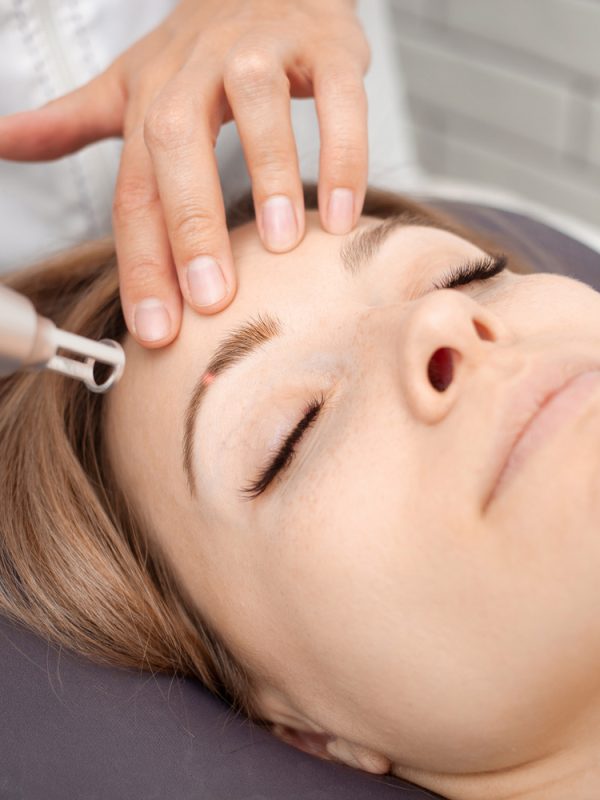
Prices
Our
Prices for a Session
For Complete Removal, 2 - 5 Sessions are Usually Necessary.
-
Eyebrows from €160.00*
-
Eyelids from €160.00*
-
Lips from €160.00*
* Billed according to GOÄ / Prices per session
Possible Risks and Side Effects
What are the Risks and Side Effects of PMU Removal?
The Risks and Side Effects are Generally Low, but They should not be Underestimated.
What Side Effects Can Occur During Laser Treatment?
During laser treatment, some side effects may occur, which are usually mild and temporary. The most common side effects include redness and swelling of the treated skin areas, which can be intensified by laser therapy. These symptoms are often a sign that the skin is reacting to the treatment and usually subside within a few days. In some cases, mild pain or a burning sensation may also occur, which can usually be alleviated by cooling the skin.
There is also a risk of crusts forming, which should usually fall off within a short time. To protect the skin and support healing, it is important not to scratch these crusts and to care for the treated areas well. In rare cases, pigment changes may occur, especially in people with sensitive skin or certain skin types. Therefore, it is important to have a comprehensive consultation before treatment and to thoroughly discuss all risks and side effects.
How to Avoid Scarring
To avoid scarring after permanent makeup removal, several measures should be observed. Firstly, it is important to care for the treated skin well and to precisely follow all aftercare instructions from the specialist. This includes using suitable care products that support healing and soothe the skin. Avoiding direct sun exposure is also crucial to protect the sensitive skin after treatment.
Additionally, aggressive cleansers and cosmetic treatments that could irritate the skin should be avoided. Instead, it is recommended to use mild products suitable for sensitive skin. A healthy diet and sufficient fluid intake can also help promote the healing process and keep the skin elastic, further minimizing the risk of scarring. Regular aftercare and skin checks are important to ensure optimal healing.
Aftercare
How to Care for your Skin after Permanent Makeup or Microblading Removal
Skin care after makeup or microblading removal is crucial for the healing process and the final result. After the treatment, it is important to apply a special aftercare cream to the skin, which contains soothing and healing ingredients. This care helps minimize redness and swelling and supports skin regeneration. Additionally, the treated area should be protected from direct sunlight to avoid unwanted pigmentation.
In the first few days after treatment, activities that lead to excessive sweating, such as intense exercise or sauna sessions, should also be avoided. Water and soap should be kept away from the treated area for the first few days to avoid irritation. A healthy diet and sufficient fluid intake also promote healing and help keep the skin in optimal condition. Regular follow-up examinations with the specialist are also advisable to monitor the healing process and make adjustments if necessary.
Doctors
Our On-site Doctors for Laser Treatment
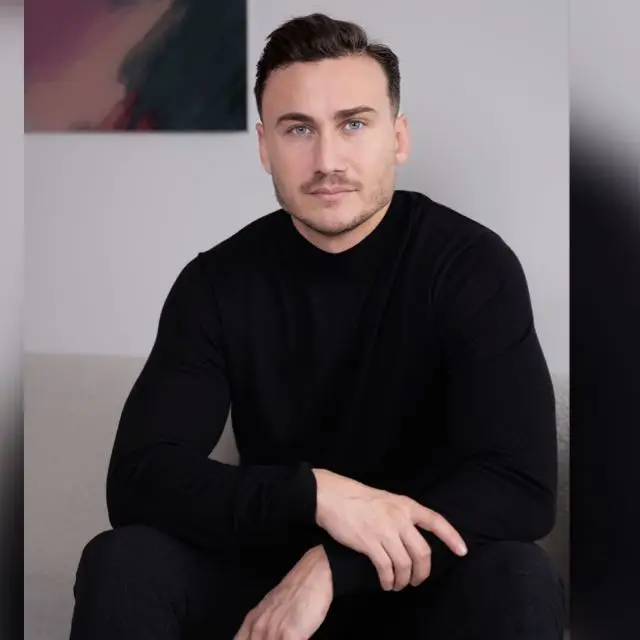
Björn Frey
Specializing in Botox, Hyaluronic Acid, Laser Treatment
DR. BJÖRN FREY is an expert in aesthetic medicine, specializing in Botox, hyaluronic acid, and laser treatments. Since qualifying in botulinum toxin/Botox, he has focused on facial enhancement and rejuvenation using minimally invasive methods. In addition to laser tattoo removal, he offers personalized treatments that deliver natural and aesthetic results. He is known for his precise work and commitment to modern techniques in aesthetic medicine.
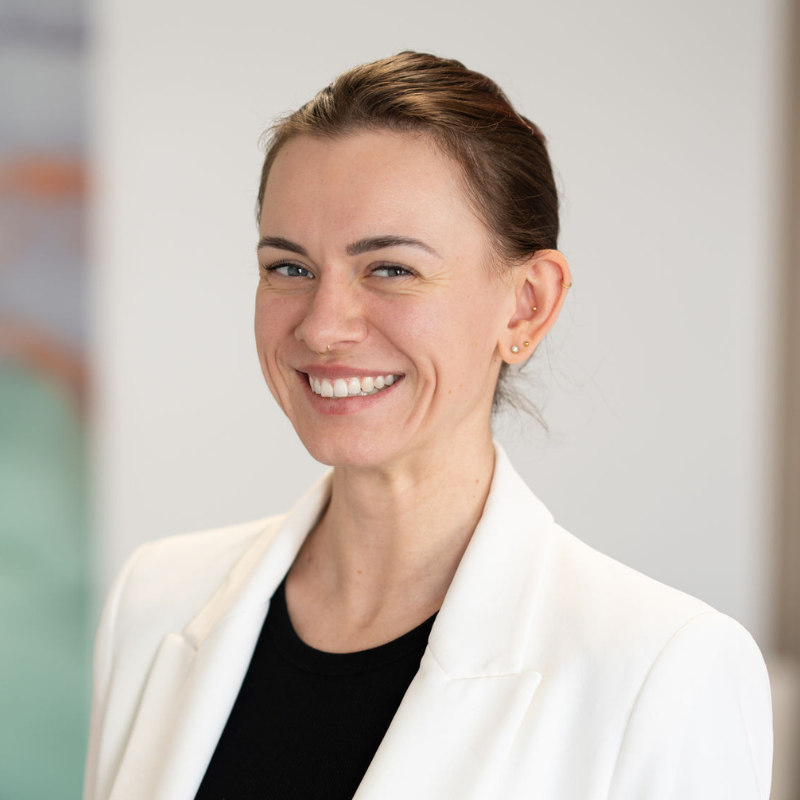
Alena Schwede
Specializing in Botox, hyaluronic acid, Permanent hair removal, Tattoo Removal
ALENA SCHWEDE is an experienced aesthetic medicine doctor and heads the Karlsruhe location at Aesthetiqua. Her focus is on modern, minimally invasive procedures, including treatments with Botox and hyaluronic acid, which serve to beautify and rejuvenate the face. She aims to provide each patient with a customized treatment. She places great importance on natural, aesthetically pleasing results that emphasize the individual beauty of the patients.

Sebastian Fromm
Specializing in Botox, Hyaluronic Acid, Laser Treatment
DOCTOR Sebastian Fromm specializes in aesthetic medicine and manages the Aesthetiqua locations in Heidelberg and Mannheim. With his focus on Botox, hyaluronic acid, and laser treatments, he aims to achieve natural and harmonious results – without artificial-looking changes. Especially in wrinkle treatments, lip augmentation, and skin rejuvenation, he places great importance on precise and type-appropriate implementation. In addition to laser treatment for tattoo removal, he develops an individual treatment concept for each patient. His calm demeanor and high standards of quality make him a valued expert in the field of minimally invasive aesthetic medicine.
FAQ
Frequently Asked Questions on: Gently and Effectively Removing Old Permanent Makeup
What is Permanent Makeup and how does it differ from Microblading?
Permanent makeup is a form of tattooing used to permanently simulate the appearance of makeup. Microblading, on the other hand, is a manual technique where fine strokes are drawn into the skin to mimic natural eyebrow hairs. However, both methods can be removed if the result does not meet expectations.
How does PMU removal work?
Permanent makeup removal is usually done through laser treatments that aim to break down the color in the skin. This process can be painless and is gentle on the skin if the correct technique is applied.
Is the removal of old Permanent Makeup painful?
Pain perception varies from person to person, but many patients will find the removal less painful than the original application. State-of-the-art laser devices minimize discomfort during treatment.
How many sessions are required to effectively remove old Permanent Makeup?
The number of sessions depends on the intensity of the permanent makeup and the skin’s condition. Generally, several sessions are necessary to achieve optimal results. Your treatment plan will be individually tailored.
As a rough guide: 2 – 5 sessions.
After the treatment, are there any special post-treatments necessary?
Yes, after the removal of your permanent makeup, you should care for your skin well and follow your specialist’s instructions. Optimal aftercare promotes healing and minimizes the risk of unwanted scarring.
Are there risks or side effects with PMU or Microblading removal?
As with any cosmetic treatment, there can be risks associated with PMU removal, such as skin irritation or scarring. It is important to consult an experienced specialist to minimize potential risks.
Can I get my new Permanent Makeup applied immediately after removal?
We recommend waiting some time before getting new permanent makeup applied. This allows your skin to regenerate and reduces the risk of complications.
Hier findest du uns


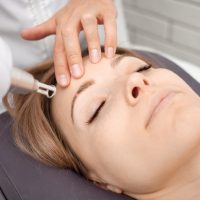
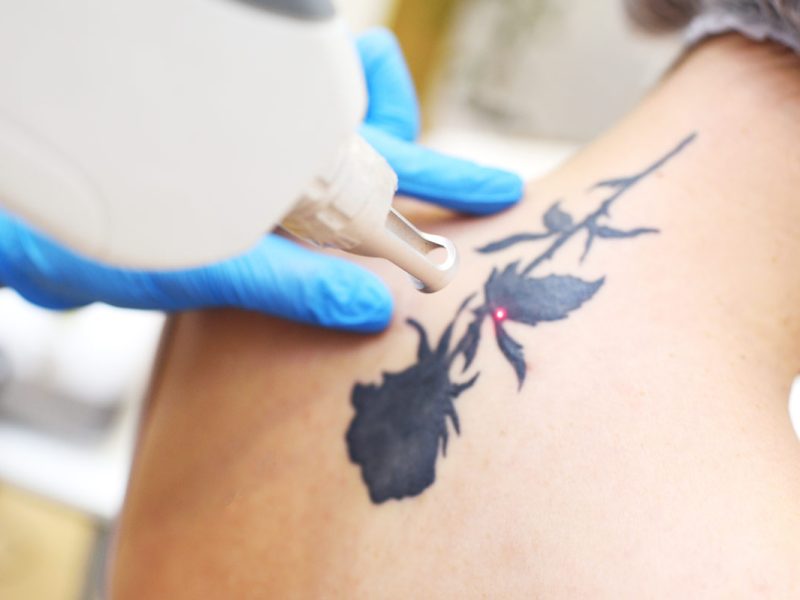



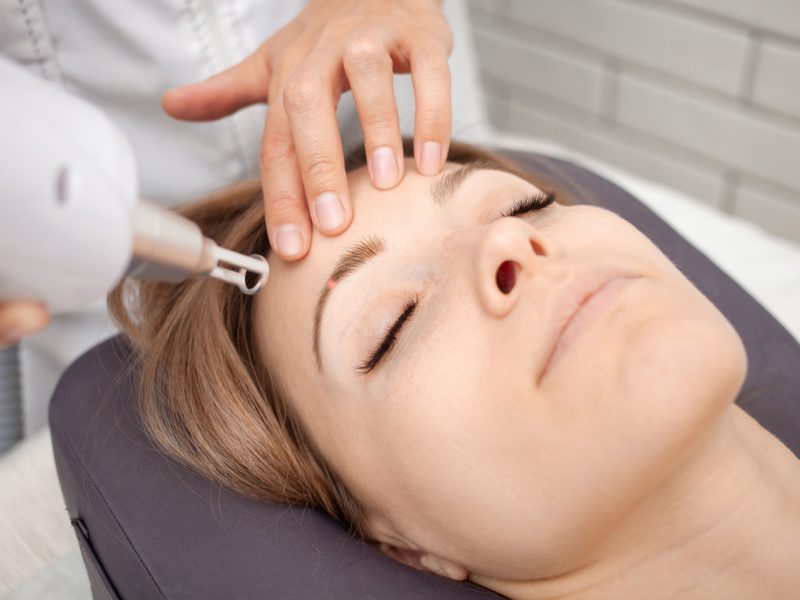
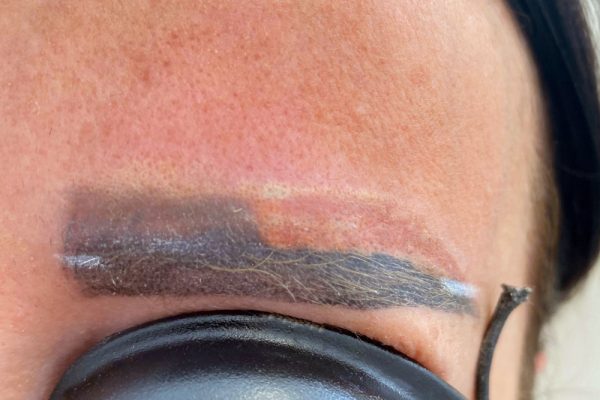
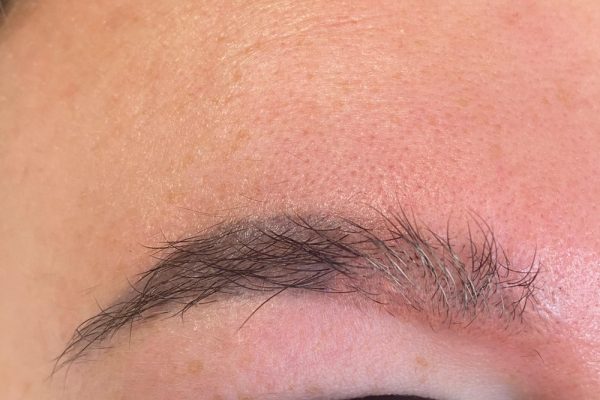
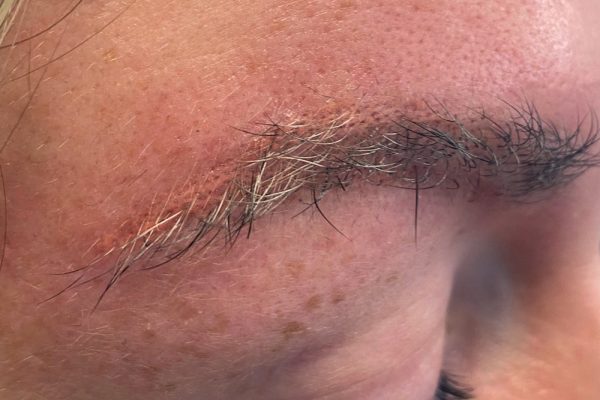
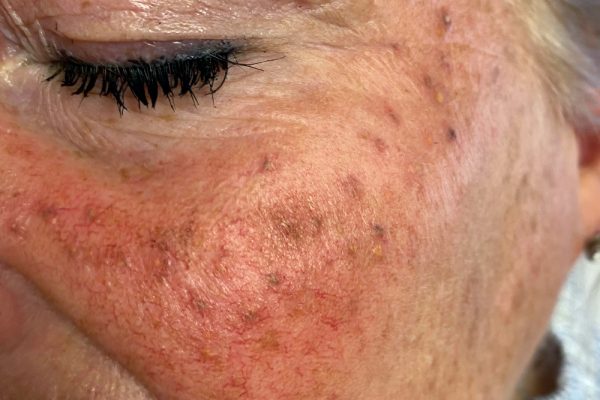

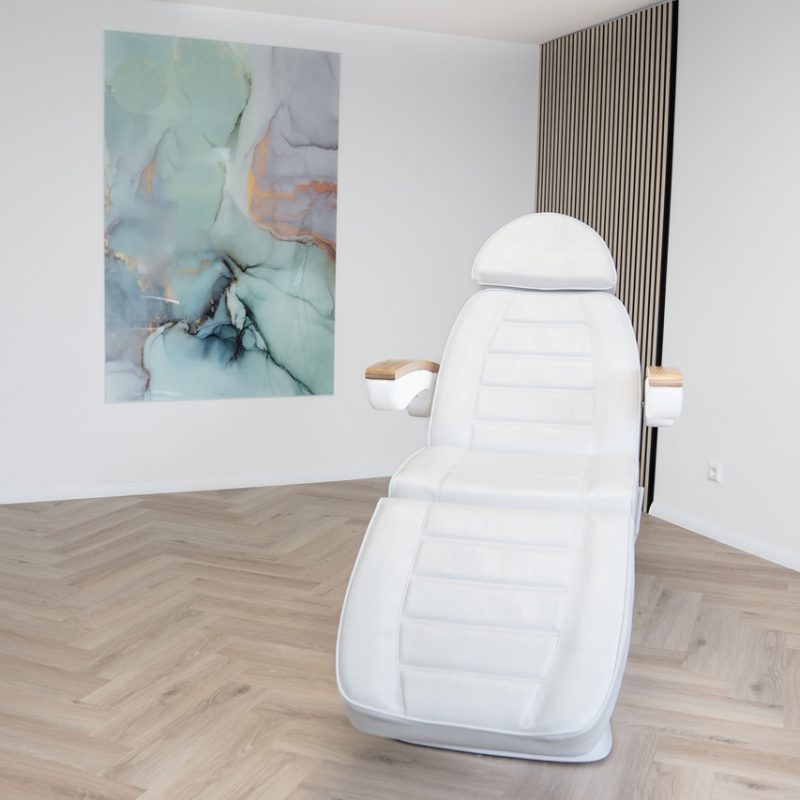
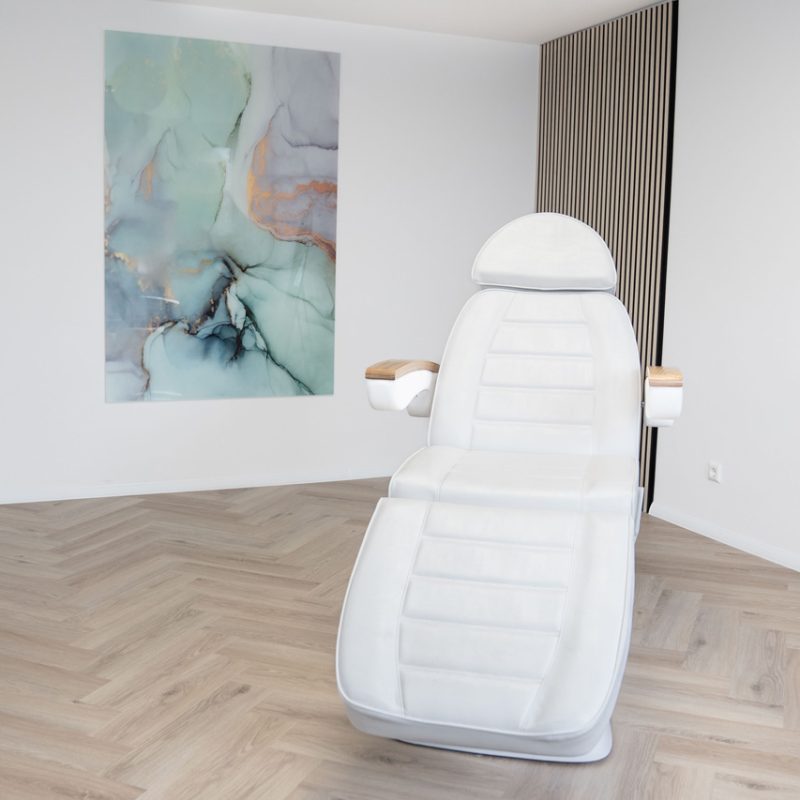
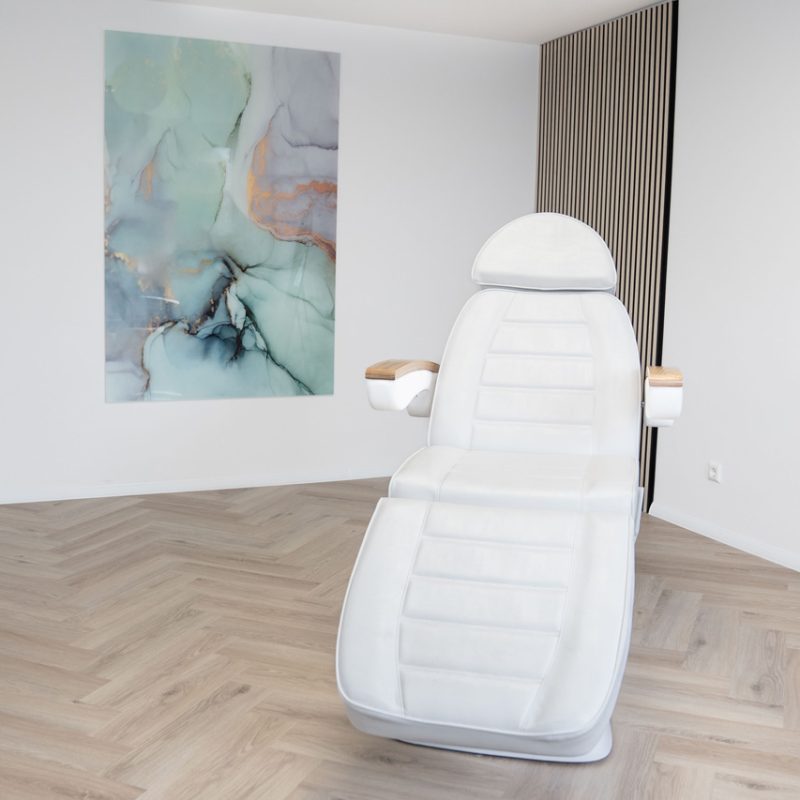
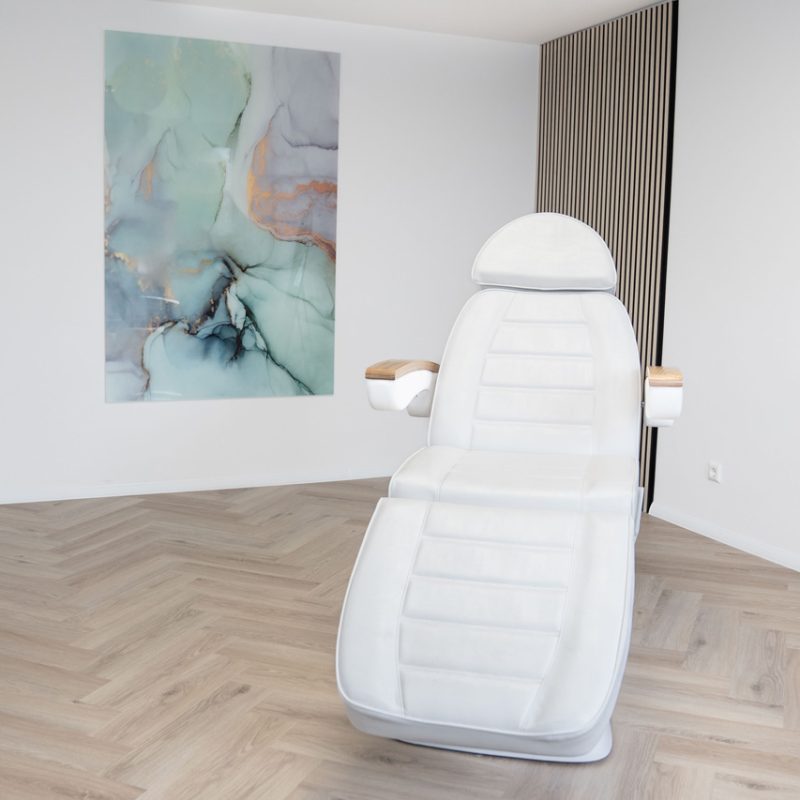
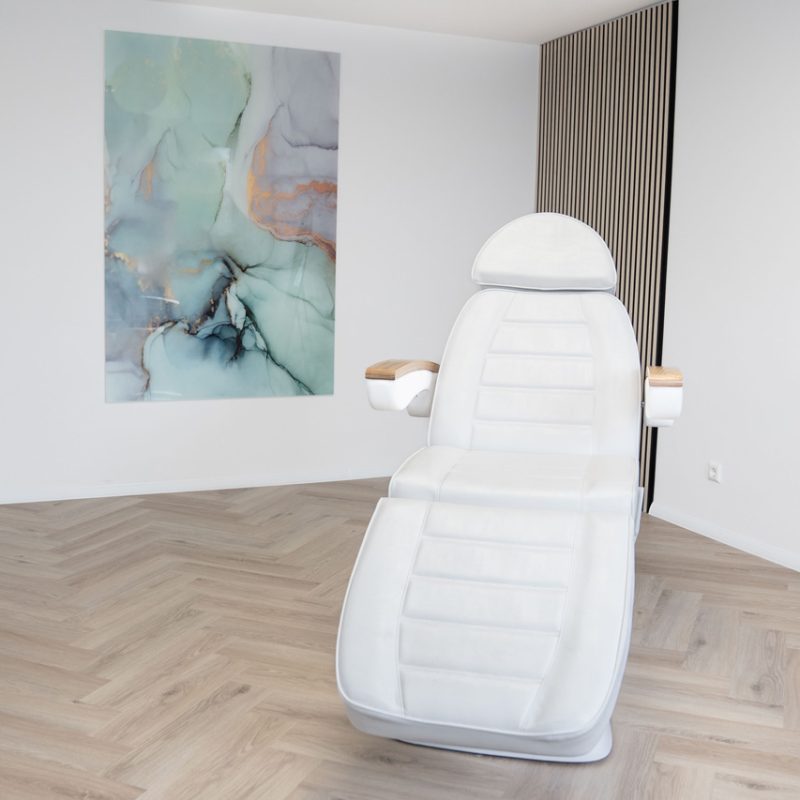
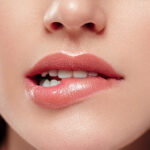 Lip Augmentation
Lip Augmentation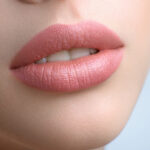 The Russian Lips (Doll-Lips) Technique
The Russian Lips (Doll-Lips) Technique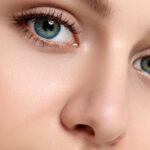 Effective Non-Surgical Rhinoplasty
Effective Non-Surgical Rhinoplasty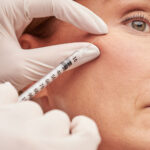 Cheek Augmentation – Cheekbone Injections
Cheek Augmentation – Cheekbone Injections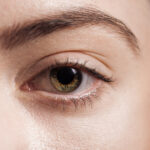 Remove Dark Circles, Tear Troughs & Eye Bags
Remove Dark Circles, Tear Troughs & Eye Bags Chin Augmentation
Chin Augmentation Jawline Treatment
Jawline Treatment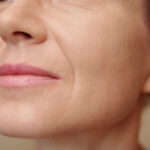 Nasolabial Folds
Nasolabial Folds Remove Forehead Wrinkles
Remove Forehead Wrinkles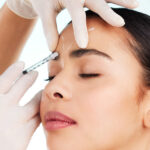 Remove Frown Lines
Remove Frown Lines Remove Crow’s Feet
Remove Crow’s Feet Reduce Neck Wrinkles
Reduce Neck Wrinkles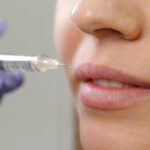 Lip Flip with Botox®
Lip Flip with Botox® Remove Bunny Lines
Remove Bunny Lines Botox® Treatment against Sweating
Botox® Treatment against Sweating Botox® for Teeth Grinding
Botox® for Teeth Grinding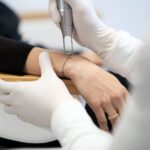 Tattoo Removal with Laser
Tattoo Removal with Laser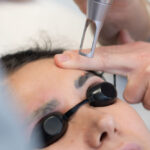 Remove Permanent Makeup
Remove Permanent Makeup Permanent Laser Hair Removal
Permanent Laser Hair Removal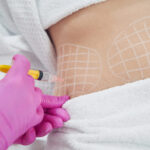 Fat-Away Injection
Fat-Away Injection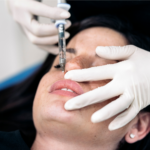 Hylase | Dissolve Hyaluronic Acid
Hylase | Dissolve Hyaluronic Acid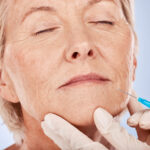 Polynucleotide Treatment | PhilArt
Polynucleotide Treatment | PhilArt